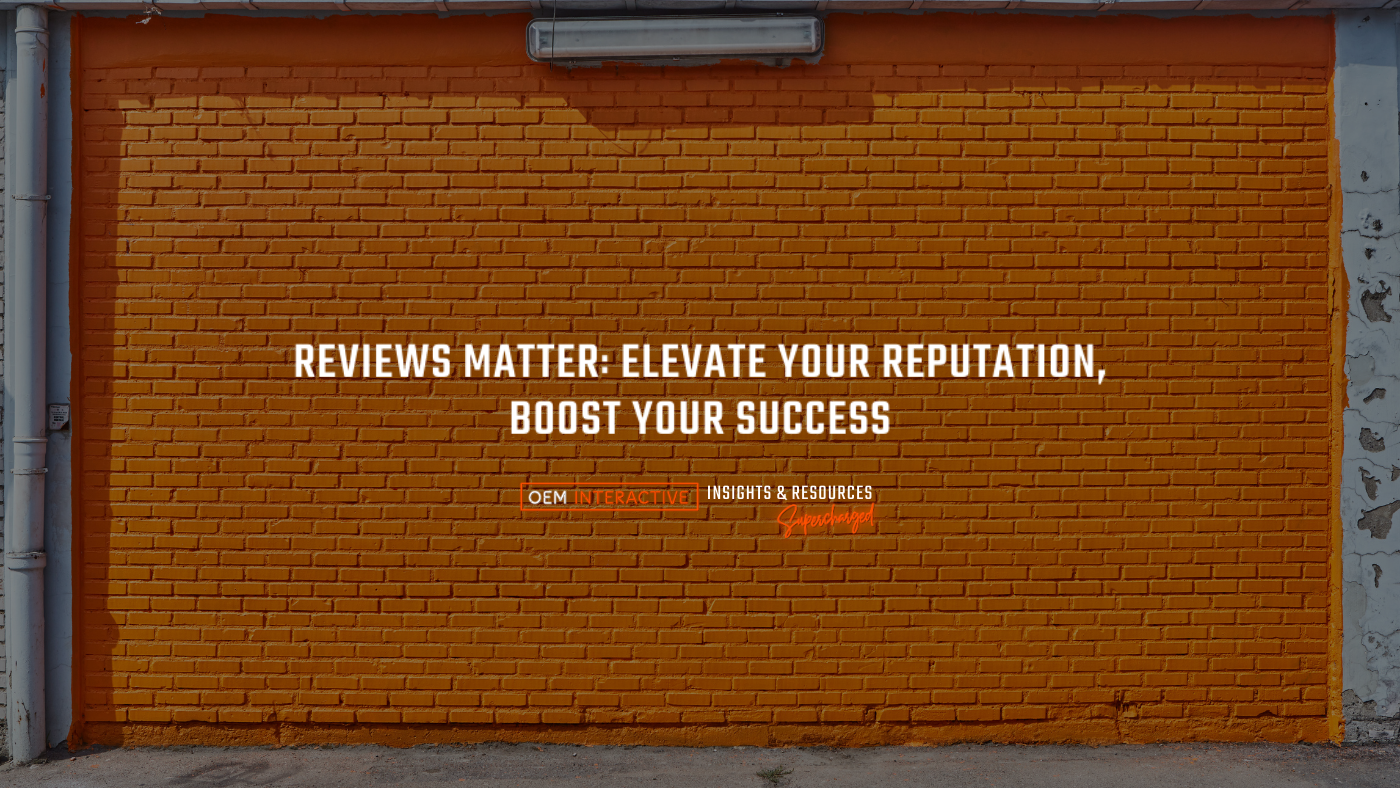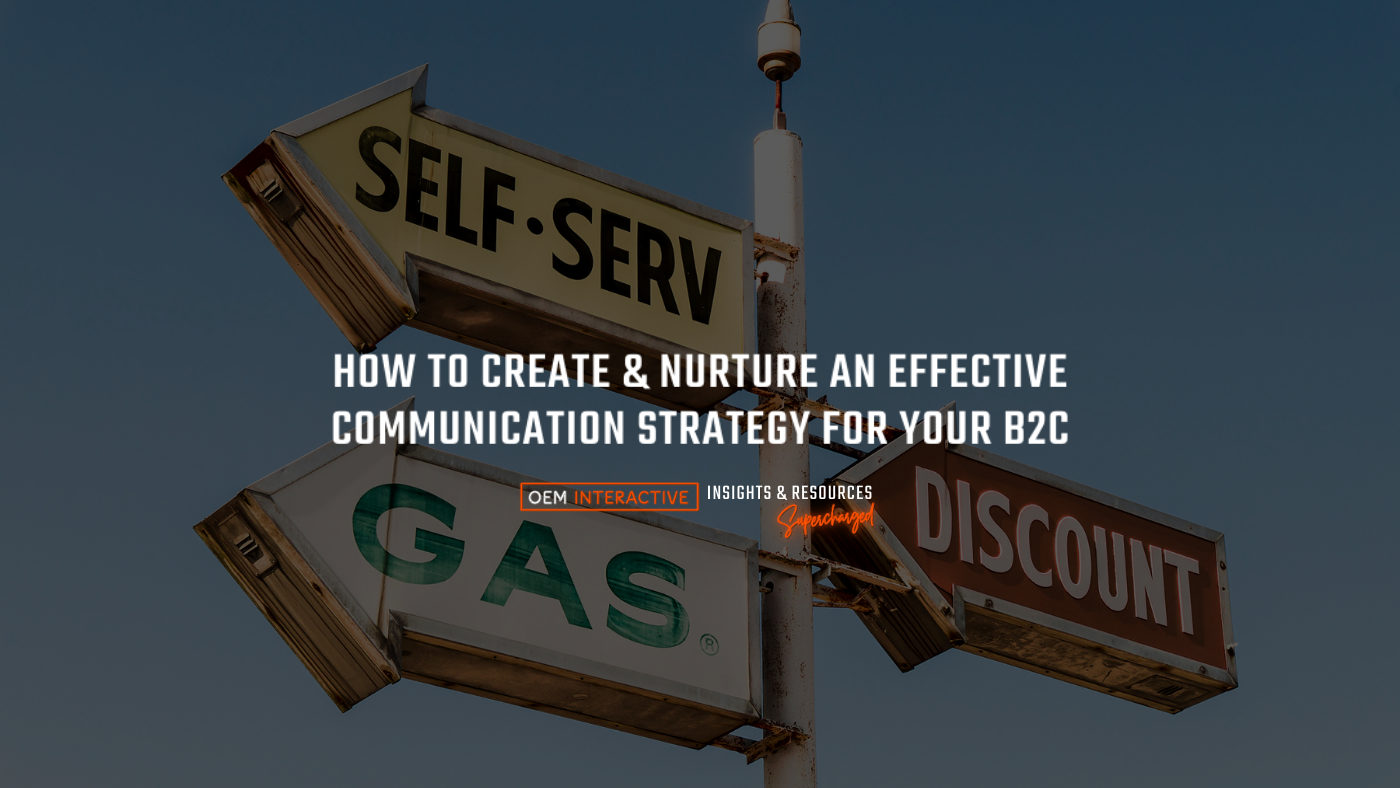The parts ecommerce market has experienced rapid growth over the last year, with more and more customers moving online in light of the COVID-19 pandemic. While some customers may return to physical stores once there are fewer safety concerns, online parts sales will remain critical for maximizing your revenue and absorption rate.
Backorders are an unavoidable aspect of selling parts online, and the way you approach them will have a significant effect on revenue. When you bring in a potential customer—often through paid digital ads—the last thing you want is to lose the sale because of a backorder or delay.
In this article, we’ll explain what customers expect from dealers selling auto parts online and how you can maximize revenue on backordered parts. 80% of leads who abandon their cart will never return, so you don’t want to miss the chance when you have them on your site. It’s impossible to totally eliminate the risk of lost sales, but increasing your conversion rate will have a substantial impact on your bottom line.

What Do Customers Expect in a Delay/Backorder?
Effectively responding to backorders is all about setting expectations and offering proactive communication. As a commodity vendor, the customer experience can either convince leads to buy from you or convince them to take their business elsewhere. The vast majority of users will be willing to give you some extra time as long as you clearly communicate those expectations. First, make sure to be as honest and transparent as possible, even if they may not like your answers. Don’t promise anything that you won’t be able to follow through on—ignoring the problem or only offering an explanation when they ask for one will hurt your credibility. Instead, you should let them know about any potential delays as early as possible.Scaling Your Customer Service Practices
Expanding into parts ecommerce often puts more pressure on customer service teams, who may be dealing with a much greater volume of requests. Scaling your approach to support means resolving requests quickly without sacrificing service quality. First, don’t be afraid to use templates as a one-size-fits-all answer to questions about shipping and backorders. These won’t be enough to solve every inquiry, but they’ll give customers some basic information without having to talk to an agent. Easy order tracking is another valuable tool for parts departments. Rather than having to ask for a shipping update, customers can simply check the tracking page to see the current status and estimated delivery. Again, this will make things easier for your support staff, who will no longer have to spend as much time responding to simple questions. Finally, consider implementing chatbots into your customer service practices. Contemporary chatbots can’t match the experience of talking to a human, but they go much further than canned messages. Even if your chatbot doesn’t understand a question, it should be able to pick out keywords and refer customers to a relevant page on your site.Minimizing Lost Sales
Along with customer support, your site design is another important element when it comes to maximizing sales during a backorder. As mentioned above, any potential delays should be visible as early as possible. When you’re dealing with a backorder, potential customers should be able to see that as soon as they visit your site. A simple banner at the top of the page will go a long way toward setting those expectations—consider writing something like the message below:Note: All parts are subject to availability and some may be on national backorder. If you have any questions regarding part availability, please call or email our customer service team at [contact information]This kind of message should be clearly displayed throughout your site—remember that customers may not notice it immediately, particularly if they’re looking for a certain product. Customers should be able to see basic information about backorders on landing pages, product pages, and during the checkout process. Make sure to provide as many details as possible at each step of the sale—try to give a delivery estimate for any products in their cart. You should also send a follow-up message when the item ships to keep your customers updated. If a customer decides to cancel their order because it’s on national backorder, make sure you create a note and/or a list that you can refer back to once the item is back in stock. You should reach back out to all the customers who tried to order the particular part or accessory before and let them know it’s available if they still need it. Since it was on national backorder before, it’s unlikely they were able to secure the part unless they happened to find it at another dealership who had it in stock. All of these little details will help your bottom line—every little bit helps when margins are tight.
Tips for Communicating Delays and Backorders
Like any form of customer-facing messaging, information about delays and backorders should be thoughtfully communicated. Consumers want to know that you care about their experience and are doing everything in your power to deliver the product they’re looking for. Don’t forget to offer an apology if a part isn’t available for immediate delivery. If a particular part is on national backorder, make sure to emphasize that fact and explain that customers won’t be able to find it anywhere else. They’re more likely to look for another vendor if they think that a competitor could offer immediate shipping. Backorders inevitably make it more difficult to generate sales, but the best way to avoid lost revenue is to offer reliable communication and clear expectations. Setting those expectations in advance empowers the customer by allowing them to decide whether they still want to make the purchase. These tips will help you maximize revenue and keep your customers as satisfied as possible.



